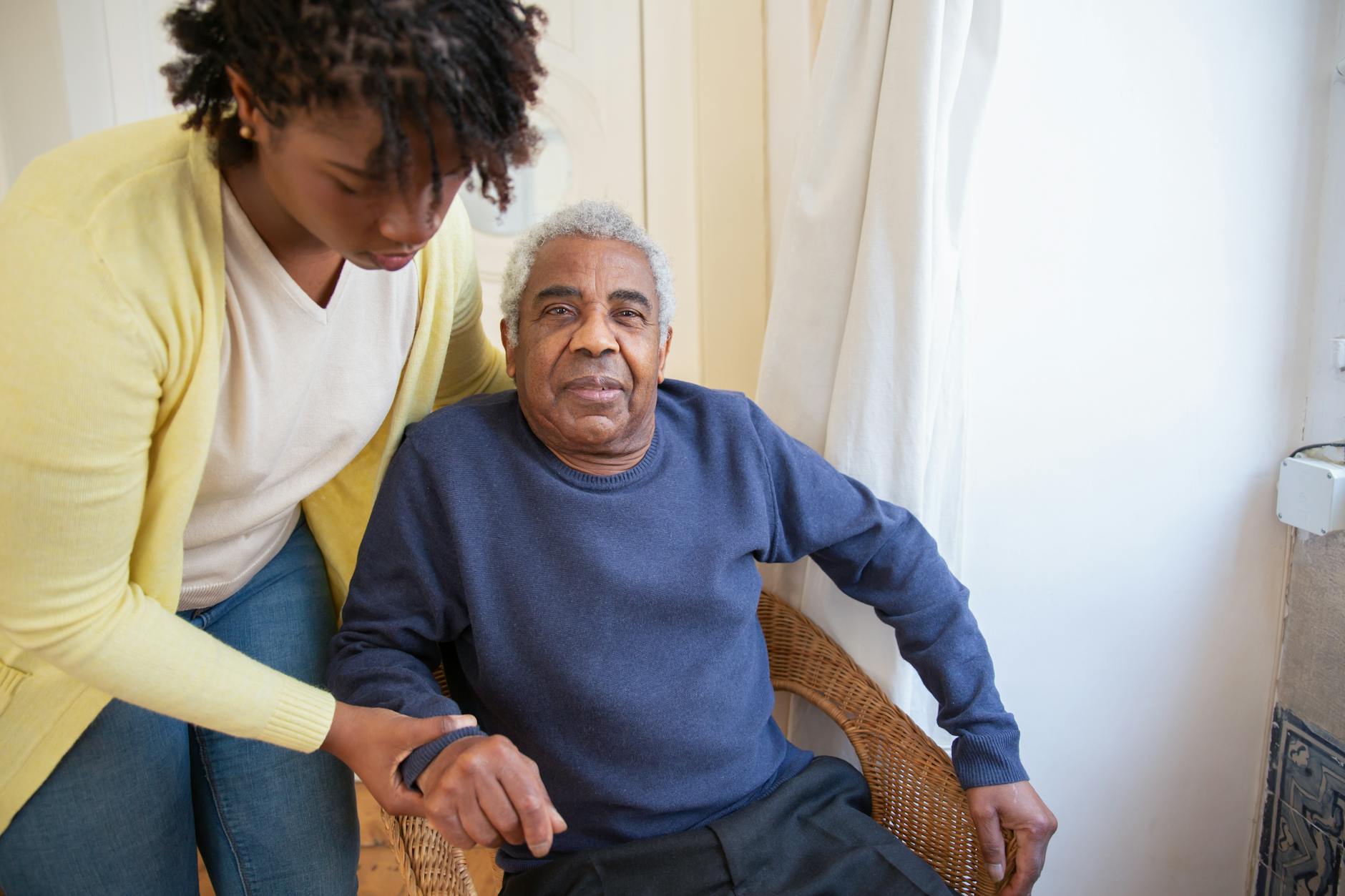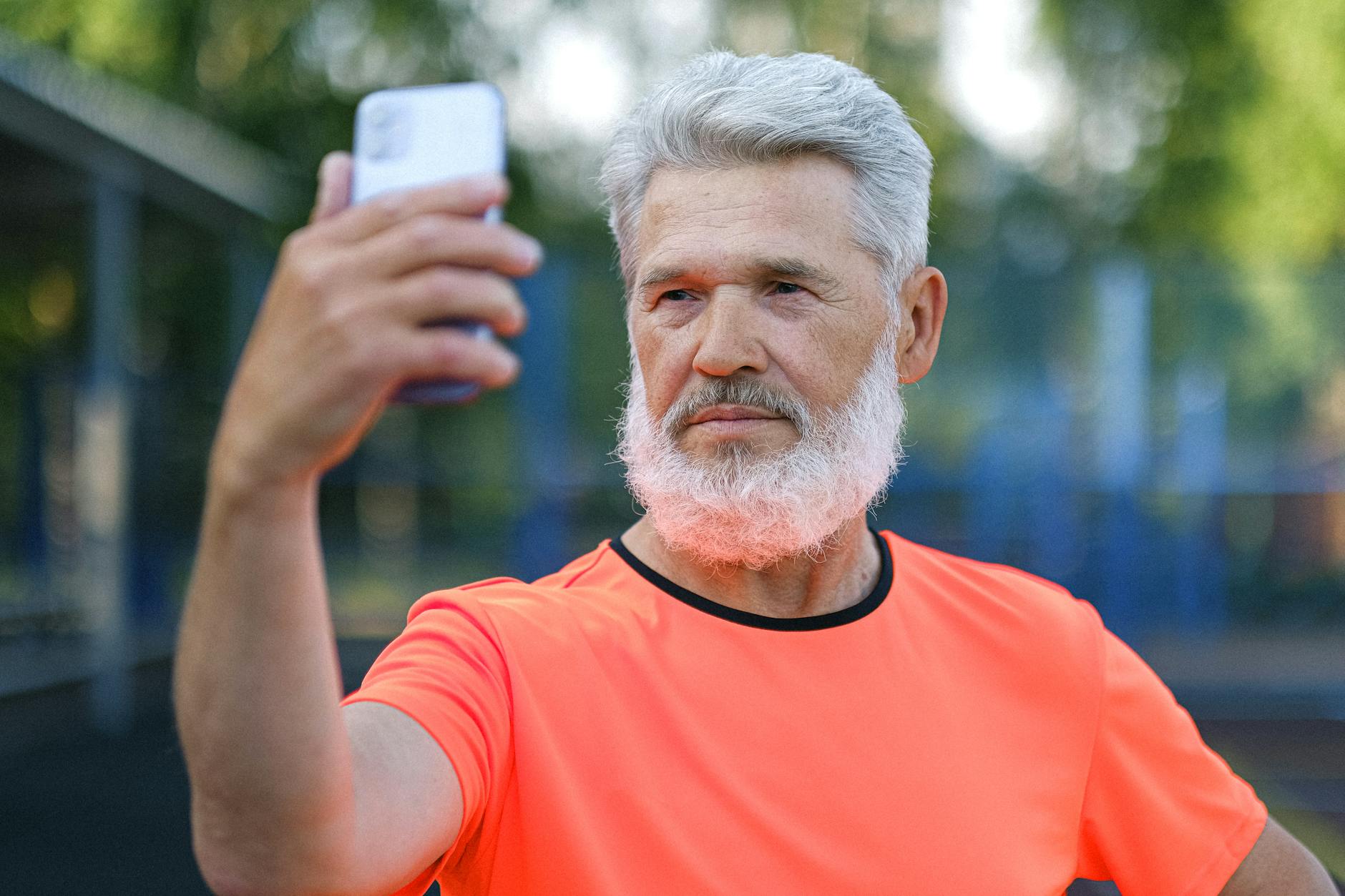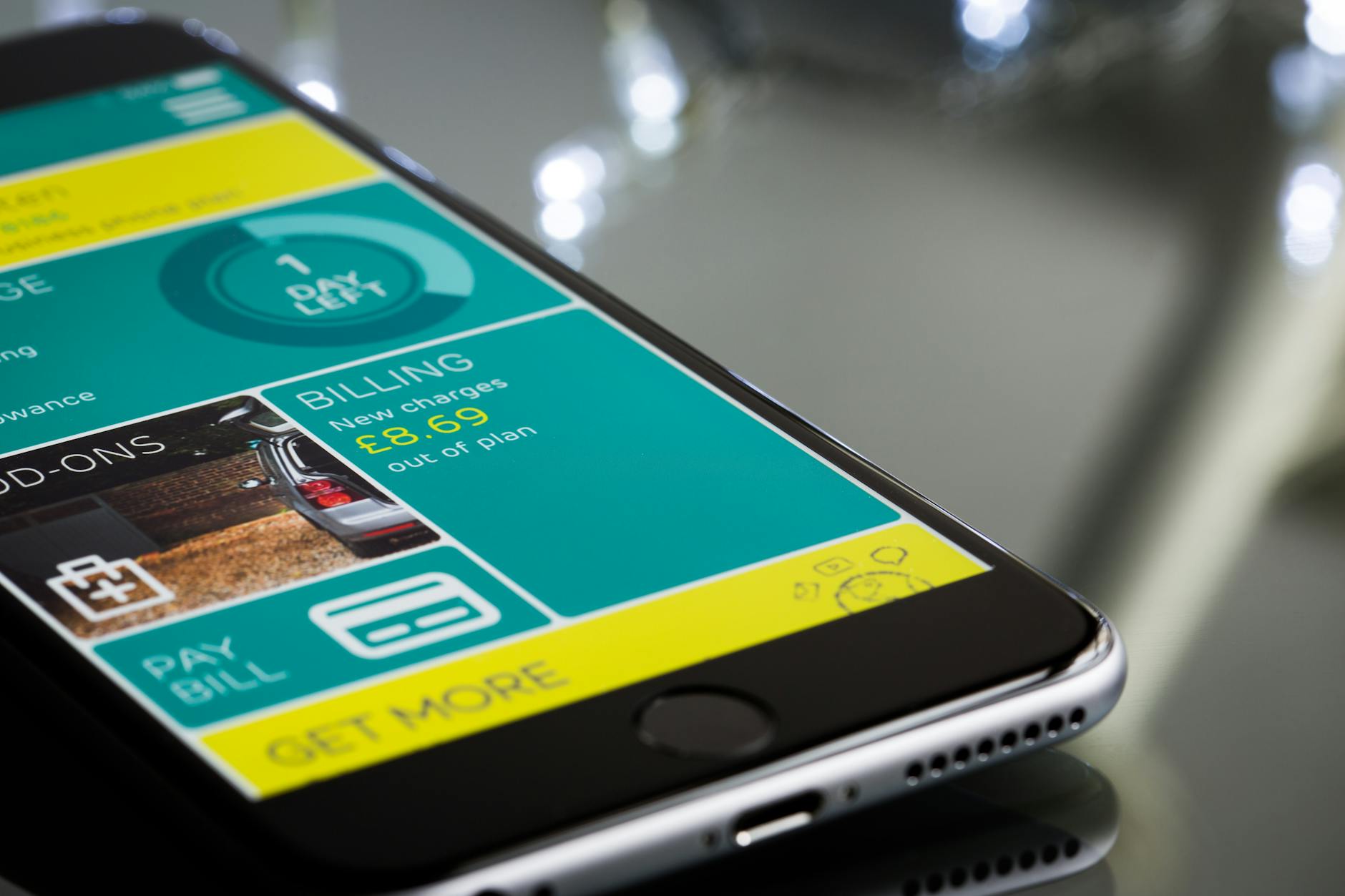Wearable technology has become increasingly popular among seniors in recent years, revolutionizing the way they monitor their health and stay connected. These devices, which can be worn as accessories or incorporated into clothing, provide a range of benefits including tracking physical activity, heart rate, and even falls. As the aging population continues to grow, the demand for wearable technology tailored to seniors’ needs is on the rise. Let’s explore the definition of wearable technology and its growing popularity among older adults.

10 benefits of wearable technology for seniors
Wearable technology has revolutionized the way we live our lives, providing convenience, connectivity, and endless possibilities at our fingertips. While many people associate wearable tech with younger generations, the benefits of these devices extend far beyond just the young and tech-savvy. In fact, seniors can greatly benefit from wearable technology, with a wide range of devices available to help them stay connected, monitor their health, and improve their overall quality of life. Here are 10 benefits of wearable technology for seniors:
Health monitoring
Wearable devices like smartwatches and fitness trackers can help seniors keep track of their physical activity, heart rate, sleep patterns, and more. This can be especially helpful for seniors with chronic conditions or those looking to stay active and healthy.
Safety and security
Many wearable devices come equipped with safety features like fall detection, emergency SOS buttons, and GPS tracking. These features can provide seniors with peace of mind knowing that help is just a touch away in case of an emergency.
Medication reminders
Seniors can set up reminders on their wearable devices to ensure they never miss a dose of their medication. This can be especially helpful for those with multiple medications or complex dosing schedules.
Social connectivity
Wearable technology can help seniors stay connected with friends and family through messaging, video calls, and social media apps. This can help combat feelings of loneliness and isolation, especially for seniors who may be limited in their ability to visit loved ones in person.
Cognitive stimulation
Some wearable devices offer games and puzzles that can help seniors keep their minds sharp and engaged. These activities can be a fun way to pass the time while also working on cognitive skills.
Personalized feedback
Wearable devices can provide personalized feedback on things like activity levels, sleep quality, and overall health. This feedback can help seniors make informed decisions about their lifestyle and health habits.
Reminders and alerts
Wearable devices can send reminders and alerts for appointments, tasks, and other important events. This can help seniors stay organized and on top of their daily schedule.
Easy access to information
Wearable devices allow seniors to quickly access information like weather updates, news headlines, and directions. This can help seniors stay informed and connected to the world around them.
Fitness motivation
Wearable devices can track physical activity and set goals for steps, calories burned, and more. This can motivate seniors to stay active and reach their fitness goals.
Independence
One of the biggest benefits of wearable technology for seniors is increased independence. With features like health monitoring, safety alerts, and medication reminders, seniors can feel more confident living on their own and managing their own health and wellness.
Overall, wearable technology has the potential to greatly improve the lives of seniors by providing valuable tools for health monitoring, safety, social connectivity, and more. By embracing these devices, seniors can stay active, engaged, and independent for years to come.
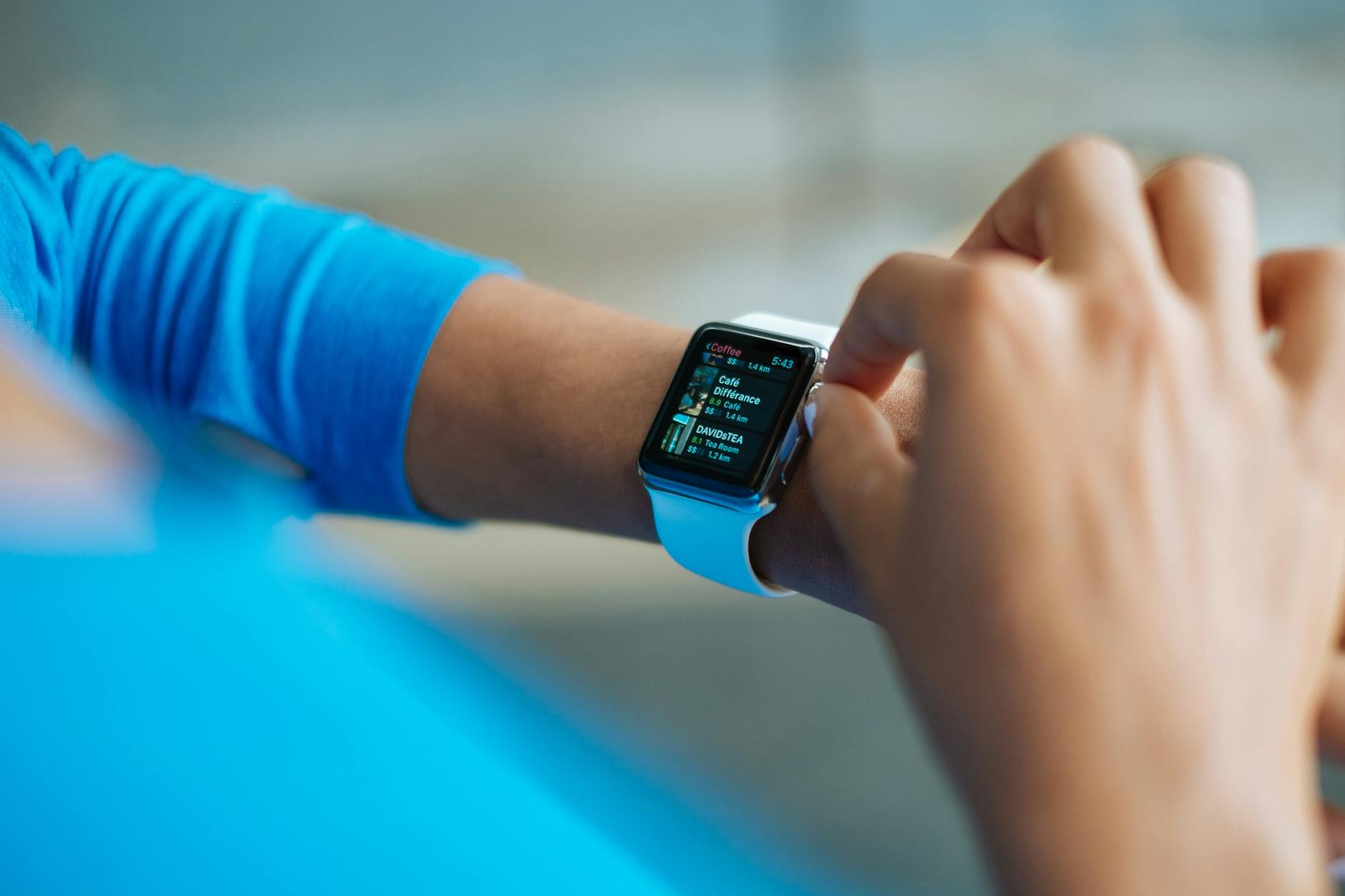
Types of wearable technology for seniors
As seniors age, they may find themselves facing challenges with mobility, memory, and overall health. Luckily, there are several types of wearable technology specifically designed to help seniors stay safe and independent. From fitness trackers to smartwatches, here are some of the most popular types of wearable technology for seniors:
Fitness trackers
Fitness trackers are a great way for seniors to monitor their physical activity and set goals for themselves. These devices can track steps taken, calories burned, and even monitor heart rate. Some fitness trackers also offer features like sleep tracking and reminders to stay active throughout the day.
Medical alert systems
Medical alert systems are wearable devices that can provide help in case of emergencies. These devices usually come in the form of a necklace or bracelet with a button that can be pressed to alert a monitoring center. Medical alert systems are especially helpful for seniors who live alone and may need assistance quickly.
Smartwatches
Smartwatches are another popular type of wearable technology for seniors. These devices offer a range of features, such as notifications for calls and messages, fitness tracking, and even monitoring of health metrics like blood pressure and oxygen levels. Some smartwatches also have fall detection capabilities, which can be life-saving for seniors at risk of falls.
GPS trackers
GPS trackers are useful for seniors who may have memory issues or get lost easily. These devices can be worn as a watch or clipped onto clothing, and they provide real-time location tracking so that caregivers can easily find their loved ones if they wander off.
Hearing aids
While not typically thought of as wearable technology, modern hearing aids are a form of advanced wearable technology that can greatly improve the quality of life for seniors with hearing loss. These devices can be customized to fit each individual’s hearing needs and can even connect to smartphones for additional features like streaming phone calls and music.
Overall, wearable technology for seniors is a growing industry that aims to improve the health, safety, and independence of older adults. Whether you’re looking for a device to monitor your fitness goals or ensure your loved one’s safety, there’s a wearable technology option out there for everyone.
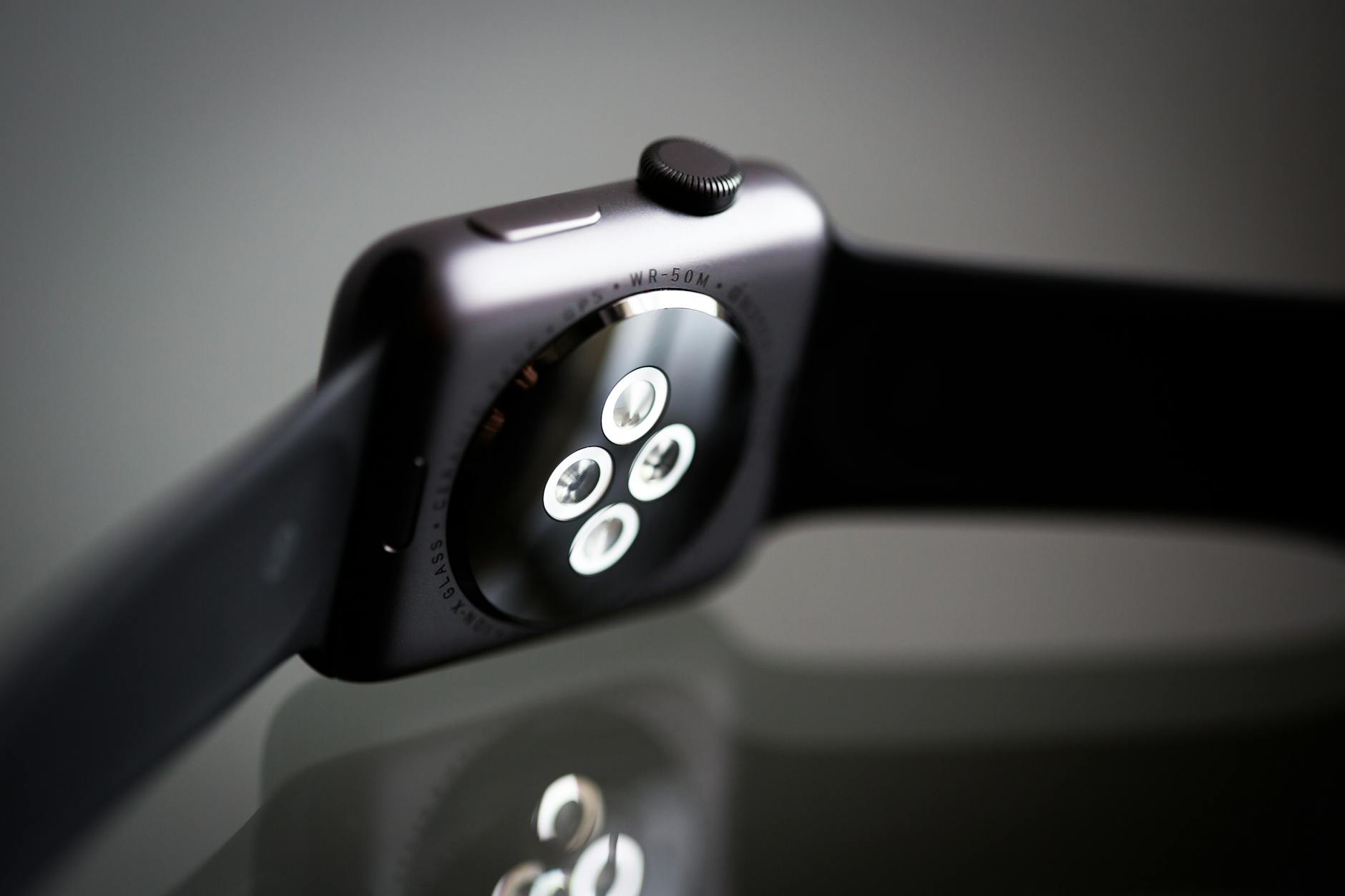
Considerations when choosing wearable technology for seniors
As technology continues to advance, wearable devices are becoming increasingly popular among seniors for various health and safety purposes. When choosing wearable technology for seniors, there are several important considerations to keep in mind to ensure that the device is suitable for their specific needs and preferences. Here are some key factors to consider:
- Ease of use. Seniors may have limited experience with technology, so it is important to choose a wearable device that is user-friendly and easy to navigate. Look for devices with simple interfaces and large buttons for easy operation.
- Comfort. Since seniors will be wearing the device for extended periods, it is important to choose a device that is comfortable to wear. Consider factors such as size, weight, and materials used in construction.
- Safety features. Look for wearable devices that have built-in safety features such as fall detection, GPS tracking, and emergency SOS buttons. These features can provide peace of mind for both seniors and their caregivers.
- Battery life. Consider the battery life of the device, as seniors may not have the ability to charge it frequently. Look for devices with long battery life to ensure continuous use.
- Health monitoring. Some wearable devices offer health monitoring features such as heart rate monitoring, activity tracking, and sleep tracking. Consider the health needs of the senior and choose a device with appropriate monitoring capabilities.
By taking these considerations into account when choosing wearable technology for seniors, you can ensure that the device meets their needs and enhances their overall well-being.

